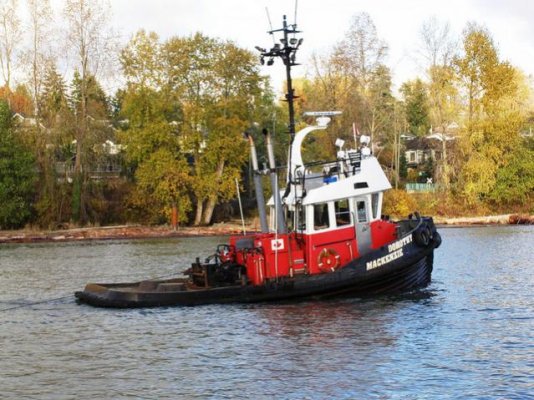Fish Catcher Jim
Senior Member
I need a solid answer on this one cause I am not finding the web to be ofmuch help. Too many opinions and not enough hard core truth. 
Now then I am talking about a 35 foot tug with a cruising speed of about 8 knots.
On average here, what kind of water can I realisticly head out in ?
I am knew to this trawler / tug world and full displacement hulls and non plaining boats.
Planning on doing the loop/icw but I also want to do some fishing and traveling around in open water.
I know a tugs power is designed to PUSH this hull through the ocean, however with only a top speed of about 9 or 10 mph, is it practical to venture out to open water 10 to 30 miles offshore?
I am NOT going to give up some awesome fishing sooo is it even practical with a tug likie this? Not the fishing for I can fish out of AnYtHiNg !!!!!!

Now then I am talking about a 35 foot tug with a cruising speed of about 8 knots.
On average here, what kind of water can I realisticly head out in ?
I am knew to this trawler / tug world and full displacement hulls and non plaining boats.
Planning on doing the loop/icw but I also want to do some fishing and traveling around in open water.
I know a tugs power is designed to PUSH this hull through the ocean, however with only a top speed of about 9 or 10 mph, is it practical to venture out to open water 10 to 30 miles offshore?
I am NOT going to give up some awesome fishing sooo is it even practical with a tug likie this? Not the fishing for I can fish out of AnYtHiNg !!!!!!






